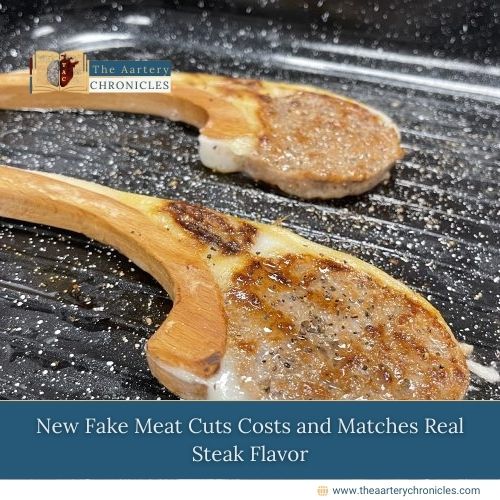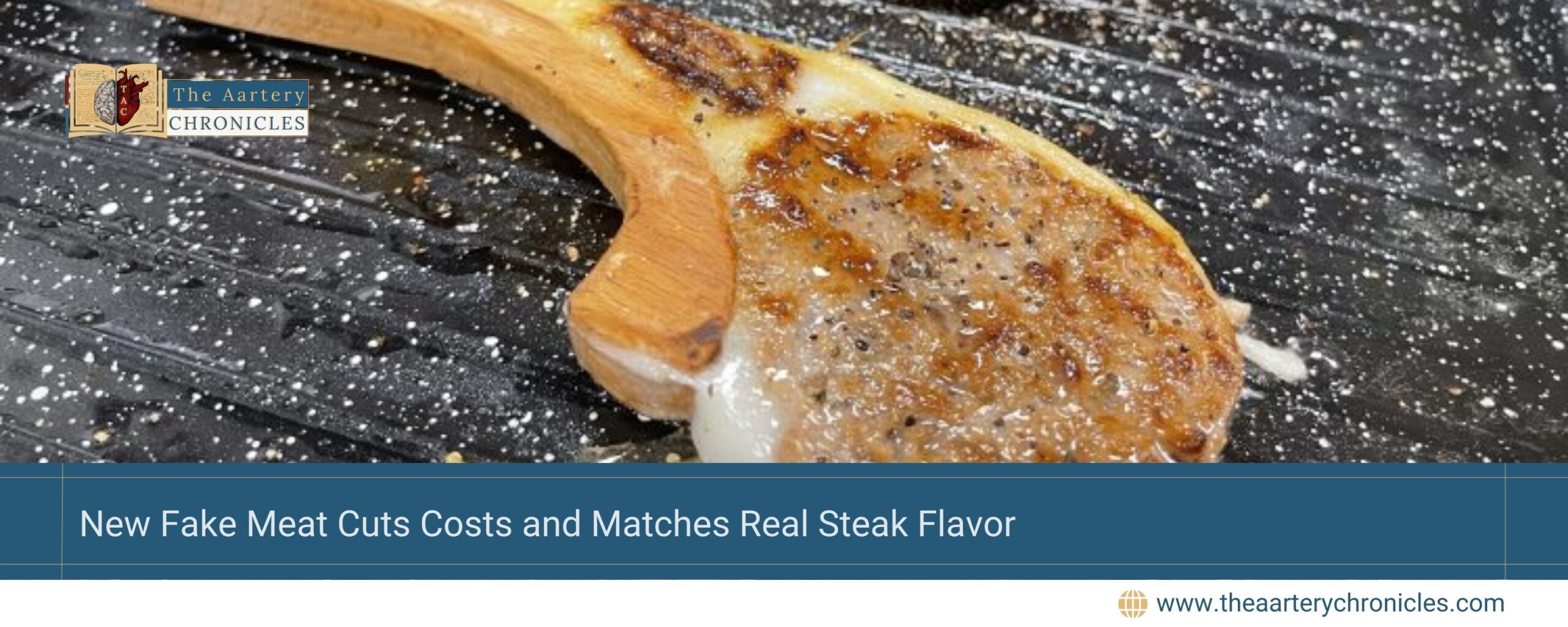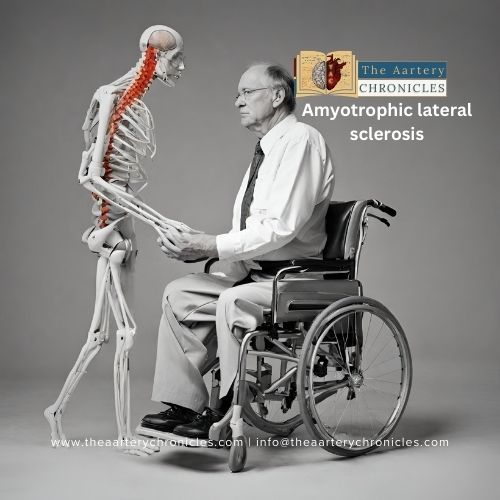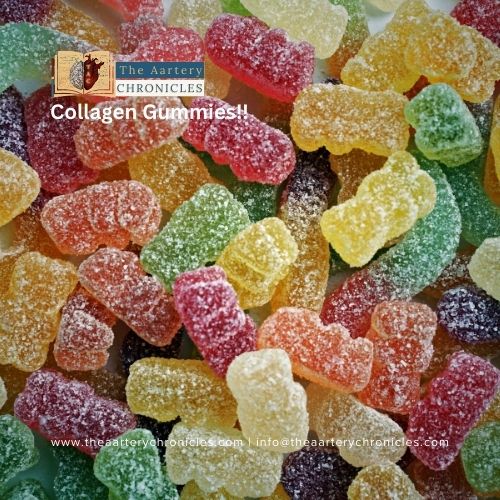

New Fake Meat Cuts Costs and Matches Real Steak Flavor
Bioengineers from Israel and Palestine have introduced two advanced materials designed to create realistic meat alternatives. The development, spearheaded by researchers from the Hebrew University of Jerusalem (HU), aims to mimic the texture and structure of real meat, offering a sustainable, cost-effective solution for alternative protein production.
A New Era of Alternative Meat Production
The team’s findings, recently published in Nature Communications, represent a significant breakthrough in the field of materials science and food technology. Researchers Dr. Mohammad Ghosheh and Prof Yaakov Nahmias led the initiative, applying concepts traditionally used in the aerospace and polymer industries to tackle the challenges of replicating real meat’s complex texture and structure.
By using cutting-edge engineered materials, also known as metamaterials, the researchers developed methods that are both scalable and efficient. Metamaterials are special composites whose unique properties come from their design structure rather than their raw materials.
The Science Behind the Innovation
The team created two new metamaterials to replicate the key components of meat:
- Fibrous Texture Mimicry: A low-temperature meat analogue (LTMA) was developed to replicate the fibrous structure of muscle tissue.
- Plant-Based Fat Substitute: A material called proteoleogel,(PtoG) made from plant proteins and stabilized oil gel, emulates the structural integrity and cooking behaviour of animal fat.
Together, these materials enable the production of complex cuts of meat, such as steaks and chops, with precision and a realistic feel.
Revolutionizing Manufacturing with Injection Molding
A notable innovation in this process is the use of injection molding—a high-volume manufacturing technique commonly used in the production of plastics. This marks the first time injection molding has been applied to alternative meat production. The method ensures precision and consistency, making it suitable for large-scale manufacturing.
This approach also significantly reduces production costs. While traditional 3D printing of meat alternatives can be expensive, injection molding brings the cost down to just $9 per kilogram, a quarter of the cost of current methods.
Tasting the Future of Meat Alternatives
Blind taste tests conducted during the study revealed remarkable results—participants could not distinguish between meat analogue and traditional meat. This breakthrough not only enhances consumer acceptance but also promises to make sustainable meat alternatives more appealing to a broader audience.
A Step Toward Sustainability
The environmental benefits of this innovation are immense. Livestock farming is a significant contributor to greenhouse gas emissions and freshwater use. By creating scalable and sustainable protein alternatives, this technology could help mitigate these impacts, paving the way for environmentally friendly food production.
HU emphasized that the study showcases the potential of metamaterials to transform the alternative protein industry, making high-quality meat substitutes more accessible while addressing critical global challenges.
This innovative collaboration demonstrates how science and technology can drive meaningful change, offering hope for a more sustainable and inclusive future in food production.
Source: Inputs from various media Sources
I’m a pharmacist with a strong background in health sciences. I hold a BSc from Delhi University and a pharmacy degree from PDM University. I write articles and daily health news while interviewing doctors to bring you the latest insights. In my free time, you’ll find me at the gym or lost in a sci-fi novel.









